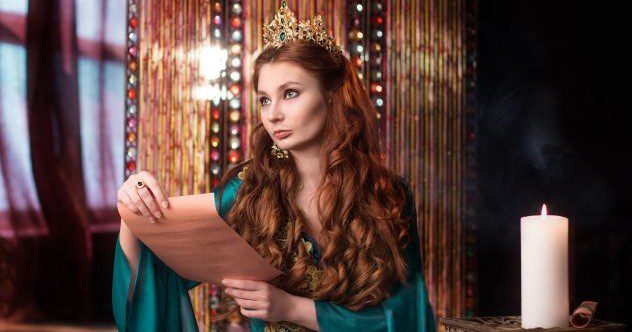Now Reading: 10 Fascinating Insights into Roxelana’s Extraordinary Life
-
01
10 Fascinating Insights into Roxelana’s Extraordinary Life
10 Fascinating Insights into Roxelana’s Extraordinary Life

Fast Summary
- Early Life: Roxelana, born around 1505 in Ruthenia (modern-day western Ukraine), was sold into slavery as a teenager and brought to Constantinople.
- Numerous Names: Known in Europe as Roxelana, her other nicknames included “La Rossa” for her red hair and “Hürrem,” meaning “joyful one.” Her actual name is debated between Aleksandra Lisovska or Anastasia.
- Rise to Power: Roxelana became Suleiman the SplendidS favorite concubine after charming him with her personality.She later married him,breaking traditions like sending mothers away after childbirth.
- Suleiman’s Devotion: Suleiman freed Roxelana from slavery, reportedly stayed monogamous after marrying her, and wrote sentimental poems addressed to her.
- Political Influence: As a trusted adviser, she influenced Ottoman policies such as improving relations with Poland and addressing slave raids affecting Ruthenia.
- Philanthropy: Roxelana funded numerous projects like the Haseki Mosque complex with schools and hospitals. Her charitable works extended to cities outside Constantinople including Mecca and Jerusalem.
- Scandals & Accusations: Suspected by rivals of witchcraft or plotting assassinations-including those of Mustafa (Suleiman’s son by another concubine) and Pargalı Ibrahim Pasha-she survived assassination attempts herself.
- Legacy: Her influence helped usher in the “Sultanate of Women,” an era during which imperial Ottoman women played meaningful political roles.
Indian Opinion analysis
Roxelana’s life story is a vivid example of how ambition can defy societal norms even within rigid structures like those of the Ottoman Empire during its zenith. For India-historically home to influential female rulers such as Razia Sultana-the tale offers parallels on how marginalized individuals can ascend through intelligence, tact, adaptability, and strategic alliances.
Additionally, this narrative showcases philanthropy’s dual purpose-not just building public goodwill but solidifying power while establishing enduring legacies. Such civic investments resonate well with India’s historical examples where monuments often symbolize rulers’ pragmatic blend of personal devotion alongside governance intent (e.g., Taj Mahal).
For modern reflections across nations including India-a historically diverse polity navigating intricate caste & gender hierarchies-the role model-like achievements could inspire debates on depiction gaps today when contextualized against historic power shifts initiated by culturally similar figures.























